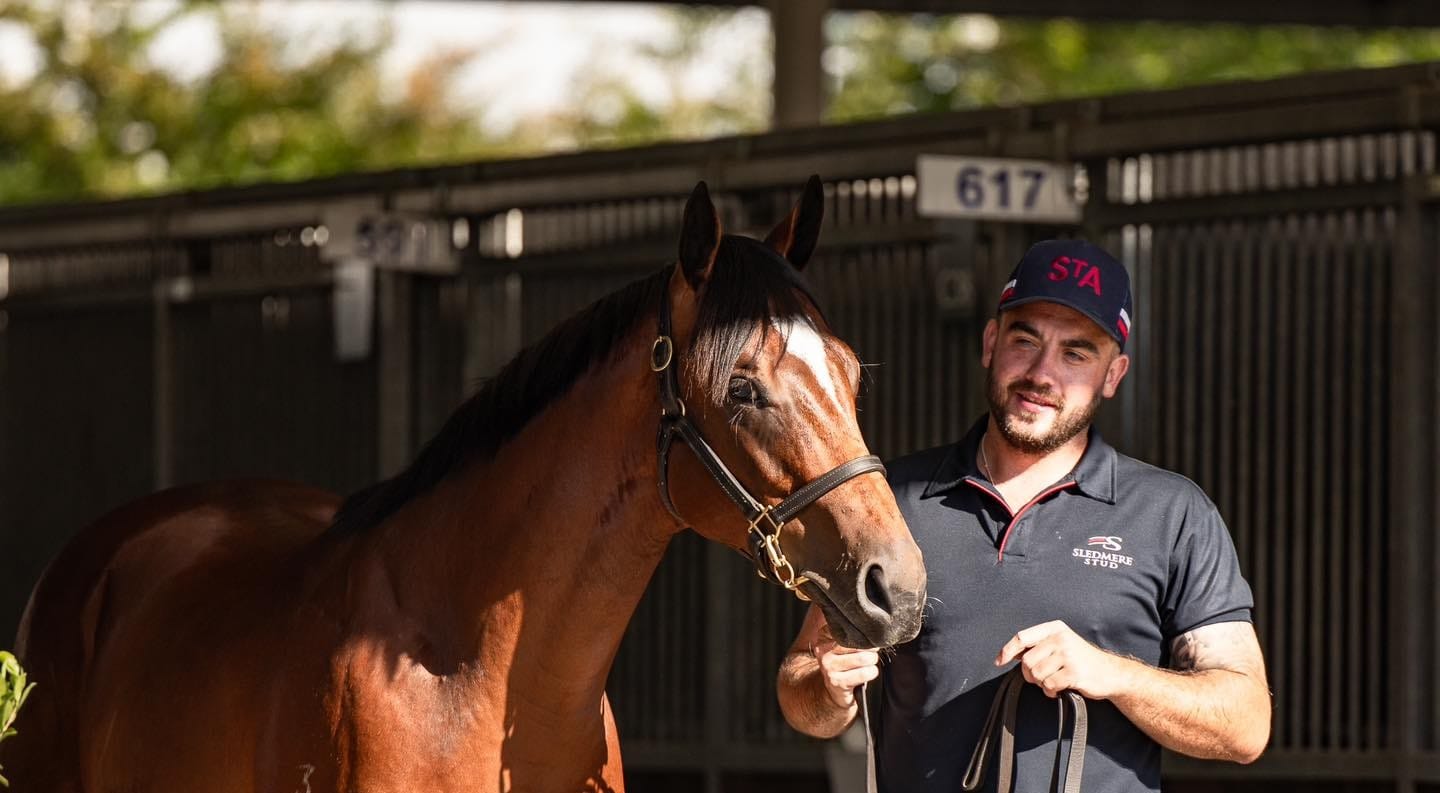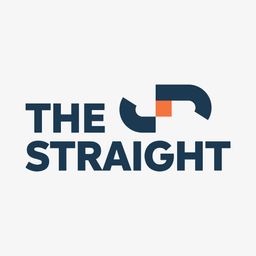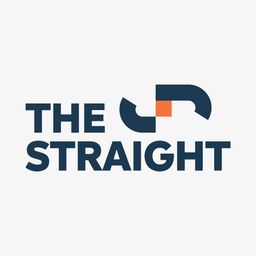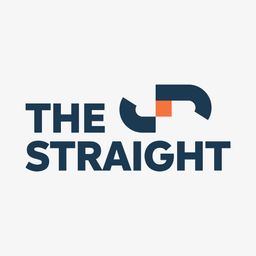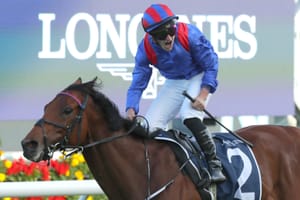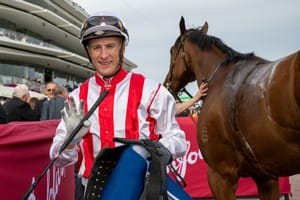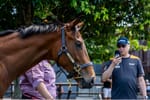The Inglis Classic Sale performed beyond expectations in most key metrics, but the volume of horses passed in across the first two Australian yearling sales of 2025 raises the question, are there too many yearlings being offered for public auction in Australia?
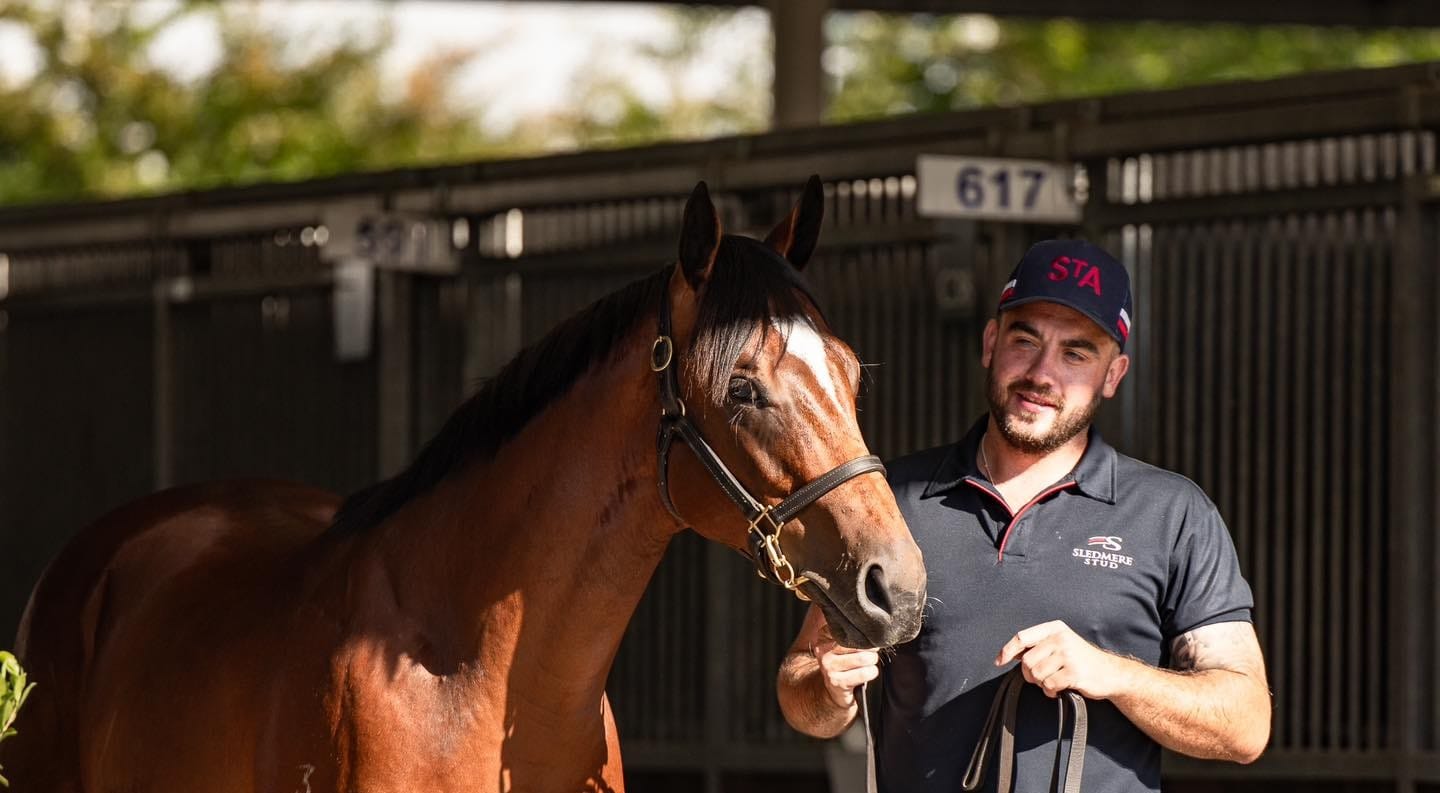
The current state of the Australian yearling market has been described as everything from realistic to ruthless, depending on who you ask.
The stats across the two sales in Australia held to date in 2025 are quite instructive in that regard, with overall investment down some $25 million, or 8.2 per cent, while the number of horses sold has dropped 8.6 per cent.
It follows then that the average price of a horse across Magic Millions and Inglis Classic has actually increased slightly on 2024 from $170,469 to $171,170, a positive sign in what has been a declining market over the past two years.
Given prize money in the major jurisdictions has, to this point, been largely untouched despite the broader challenges in the wagering market, it is not surprising that the investors still see the value of a horse offered through a yearling sale at the same level.
The primary difference in the market is the number of horses trainers and syndicators are willing to buy. The total number of yearlings purchased in Australia so far in 2025, 1590, is the lowest to this point of the sales season since 2018.
The difference in 2018 was that across the Gold Coast and Sydney sales there were 1908 horses catalogued, while this year, there were 299 more, or 2207. This raises the question about what happens to those extra horses which aren’t being sold.
We highlighted last year that the number of yearlings being passed in at the 2024 Australian yearling sales season was at a 10-year high. Well, that number will be reset again in 2025, based on early indicators.
In 2024, there were 318 yearlings passed in across the first two yearling sales of the Australian season. This year, that number stands at 394, a 24 per cent increase. It is the highest number of passed-in horses across those two sales ever, albeit the Classic Sale was expanded in size in 2018.
To give that stat further context, it is more than twice the number (166) which were passed in across those two sales in 2022, when market demand was at its peak.
Sales stats across Magic Millions Gold Coast and Inglis Classic since 2014
Source: Arion.co.nz
Just a quick note to say we haven’t included the results from the New Zealand Bloodstock Sale in Karaka here because there are specific trends at play across the Tasman. It is noteworthy, however, that for the first time, local investment outstripped Australian buying at that sale.
Also, the figures are based on the number recorded by data provider Arion at the end of the sale. The 2025 Classic Sale figures may update over the coming days, but the trend remains clear.
So what is behind this trend?
Firstly, there is that ‘discerning’ aspect of the market. It has been a theme for the past two years that buyers are willing to part with money for horses they see as having the right profile, pedigree and marketability and are clear when it comes to X-rays, scopes and the like.
But when it comes to horses which fall short of this mark, they are simply not willing to invest. Where previously those horses may have been purchased at a discount, more of them have simply been passed in, unable to find a home.
The appetite risk of investors has been dulled by rising costs. The difficulty of selling shares in these horses is one part, but the other is the old maxim that ‘the slow horses cost just as much to keep in work as the fast ones’. The cost of training has exacerbated this.
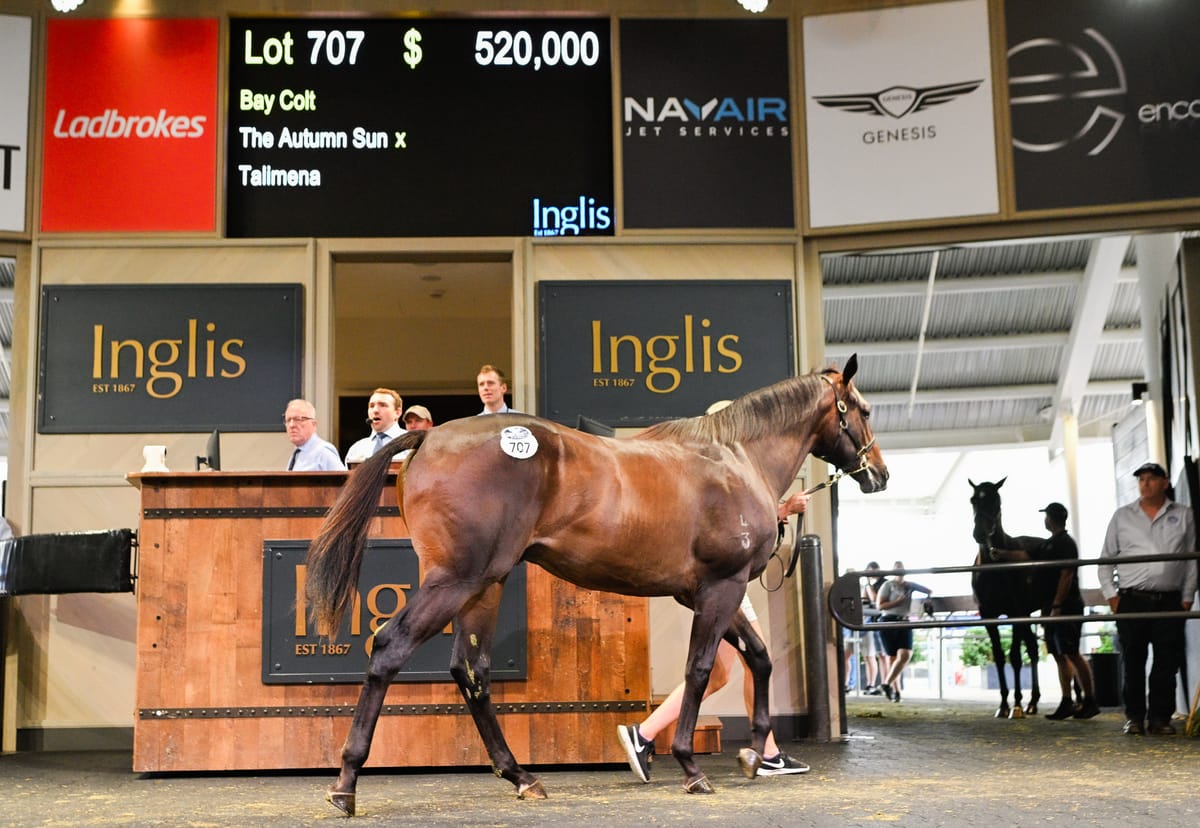
Minimising the number of horses that either don’t make the grade or the track is becoming an important consideration in the business models of trainers and syndicators.
But it is not the only factor at play. Inglis Bloodstock CEO Sebastian Hutch pointed out that 56 per cent of the Classic catalogue was by unproven sires, that is sires who had their first, second or third crop yearlings. It was a similar trend at Magic Millions.
“That presents a great opportunity for the market because you get the opportunity to acquire the progeny of young horses that potentially have massive upside in years to come,” Hutch said after the Classic Sale.
“There are on the flip side challenges to people who are buying in the market, buying the progeny of younger, unproven stallions. The preference of most buyers is to try and buy the progeny of proven stallions.”
The reason for that high proportion is the generational change that is about to take place. Australia’s last three champion stallions going back to 2017/18 are all over 20 years old, while, except Zoustar, there is a lack of clear commercial heirs apparent in the near future.
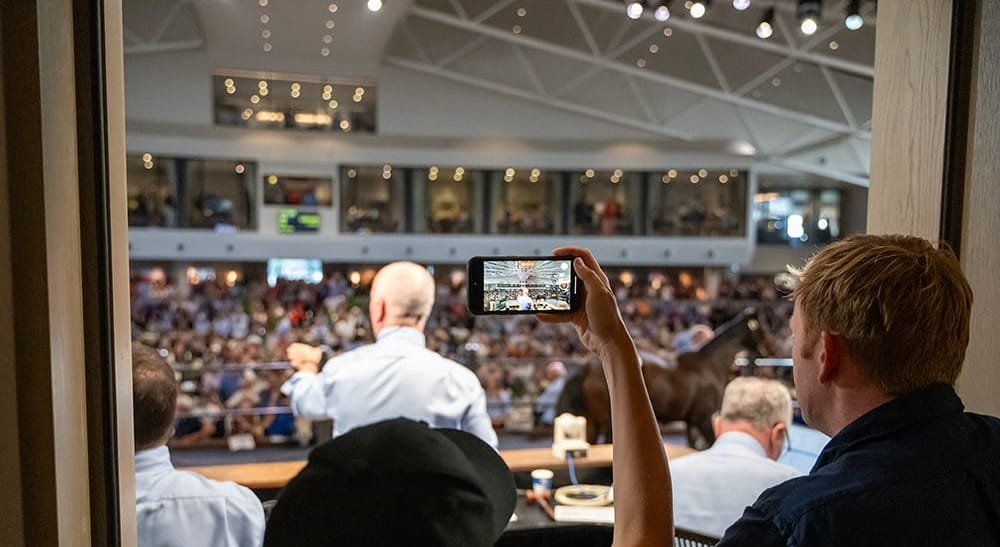
The vacuum of commercial options in that middle-aged stallion range has led breeders to put more faith, at least numerically, in younger stallions, leading to what Hutch says is a historically high number of yearlings on offer by unproven sires.
Another aspect of the mentality of vendors is the fact that the current yearling crop was conceived in 2022, when the market and stallion fees, were at their absolute peak. They are the most expensive crop of foals ever bred in Australia.
Breeders and vendors are selling in a different market, down around 15 per cent from those heights, so the commercial reality has been pretty brutal on those decisions made nearly three years ago. But it is not the ones that are selling which is giving them headaches, it is the ones which haven’t sold.
Nearly 400 horses passed in over the past two months need to either find homes through alternative options, such as digital sales, or be retained in a period where training fees are higher than ever. Remember, these are horses which the market has already determined as unsuitable for their racing needs.
It begs the question, given the catalogue numbers across both Gold Coast and Classic are the second highest on record, do we need fewer horses offered to market through public auction?
Should sales companies be more discerning in the horses selected, given nobody really benefits when a horse goes unsold?
It’s not that simple, according to Hutch.
“I think the reality is that the Australian market's been spoiled for a long time as to the liquidity in the market and the clearance. The clearance rate here (at Classic) is going to be 80 per cent and a touch higher. In terms of international context, that's high,” he said.
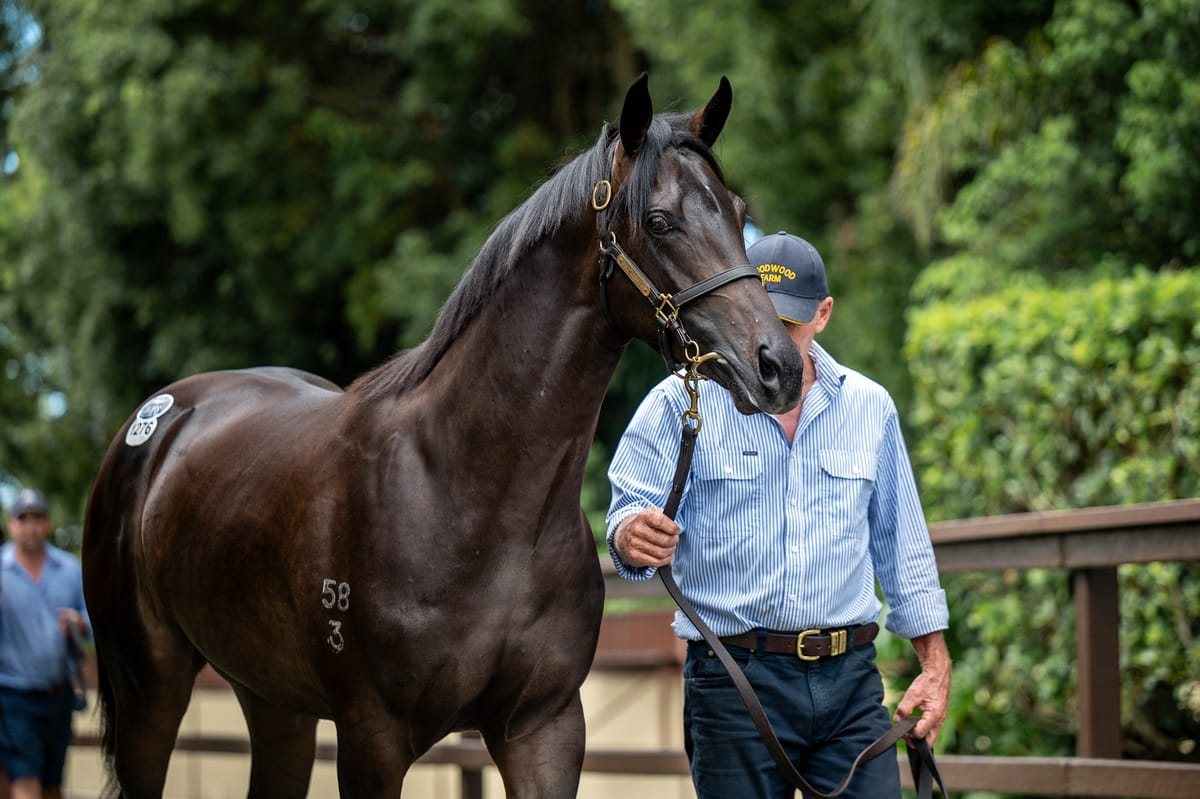
Hutch said the overwhelming preference for vendors is to get their horses to a public auction. It is Inglis’ role to facilitate that request, and work collaboratively with vendors to identify the right horses.
“There are instances where we put a horse in the sale that vendors feel strongly about that we might not necessarily agree or vice versa. We turn up at the sale and horses sell well that we didn't expect to sell well and horses we expect to sell well don't,” he said.
“In the case of our bloodstock department, you're asking eight or 10 people to be the eyes of hundreds of buyers or look at horses in a way in which hundreds of buyers will look at them. That's a hard thing to do, but ultimately, I'm happy with the way the catalogue’s been received.”
Inglis has reduced the number of yearlings it has catalogued through its three main sales, Classic, Easter and Premier from 2108 to 2030 in 2025. Magic Millions Gold Coast catalogue dropped from 1475 to 1401, although that is still the second largest catalogue they have offered.
How they format their sales in 2026 will be closely scrutinised by the market.

